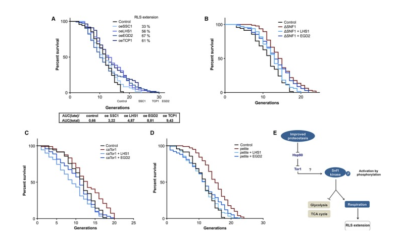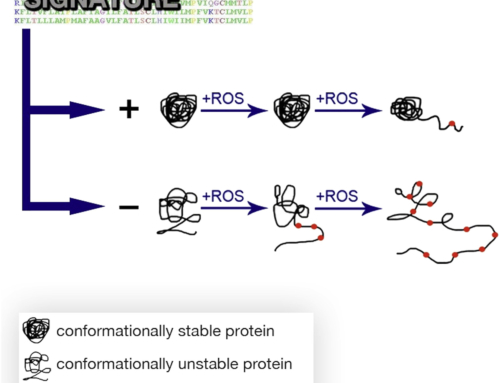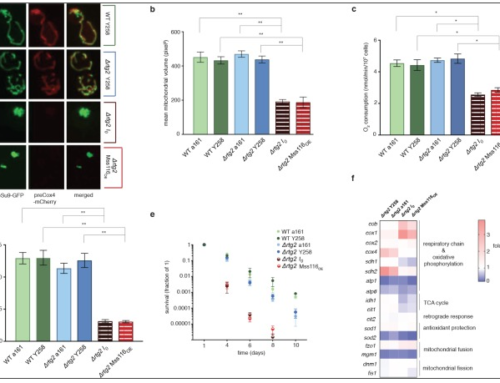

Protein quality control mechanisms, required for normal cellular functioning, encompass multiple functions related to protein production and maintenance. However, the existence of communication between proteostasis and metabolic networks and its underlying mechanisms remain elusive. Here, we report that enhanced chaperone activity and consequent improved proteostasis are sensed by TORC1 via the activity of Hsp82. Chaperone enrichment decreases the level of Hsp82, which deactivates TORC1 and leads to activation of Snf1/AMPK, regardless of glucose availability. This mechanism culminates in the extension of yeast replicative lifespan (RLS) that is fully reliant on both TORC1 deactivation and Snf1/AMPK activation. Specifically, we identify oxygen consumption increase as the downstream effect of Snf1 activation responsible for the entire RLS extension. Our results set a novel paradigm for the role of proteostasis in aging: modulation of the misfolded protein level can affect cellular metabolic features as well as mitochondrial activity and consequently modify lifespan. The described mechanism is expected to open new avenues for research of aging and age-related diseases.

